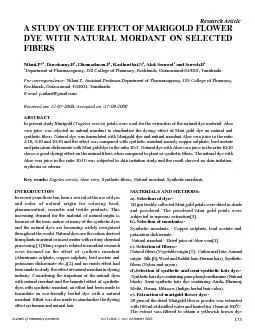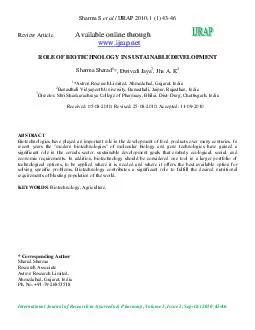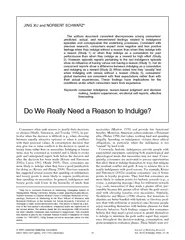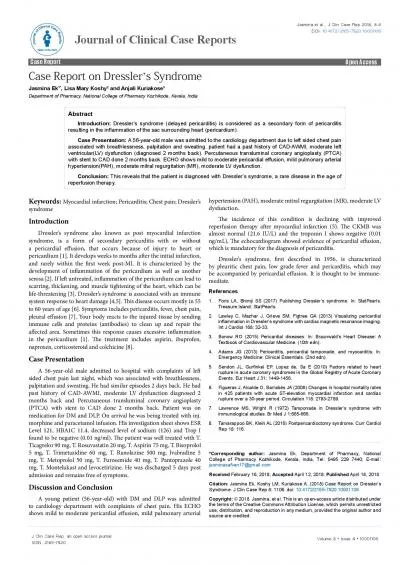PDF-Journal of Pharmacy ResearchVol.1.Issue 2. Oct- December 2008A STUDY O
Author : luanne-stotts | Published Date : 2015-09-09
Journal of Pharmacy ResearchVol1Issue 2 Oct December 2008Name of fiber Duration of exposure Physical appearance of the fiber Coloring effect
Presentation Embed Code
Download Presentation
Download Presentation The PPT/PDF document "Journal of Pharmacy ResearchVol.1.Issue ..." is the property of its rightful owner. Permission is granted to download and print the materials on this website for personal, non-commercial use only, and to display it on your personal computer provided you do not modify the materials and that you retain all copyright notices contained in the materials. By downloading content from our website, you accept the terms of this agreement.
Journal of Pharmacy ResearchVol.1.Issue 2. Oct- December 2008A STUDY O: Transcript
Download Rules Of Document
"Journal of Pharmacy ResearchVol.1.Issue 2. Oct- December 2008A STUDY O"The content belongs to its owner. You may download and print it for personal use, without modification, and keep all copyright notices. By downloading, you agree to these terms.
Related Documents














